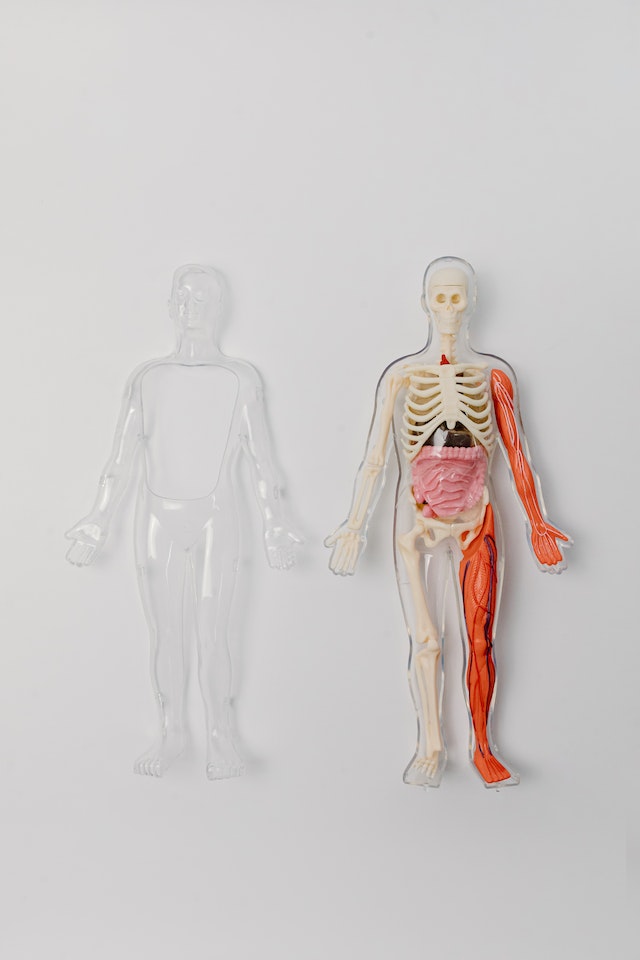Introduction: Artificial tissues and organs are ushering in a new era in medicine, revolutionizing the way we approach healthcare. These groundbreaking advancements, ranging from 3D printing to regenerative medicine, are transforming the landscape of medical treatments. By harnessing the power of technology and biology, scientists are paving the way for a future where artificial tissues and organs play a pivotal role in improving patient outcomes and addressing critical healthcare challenges.
- 3D Printing of Tissues and Organs: 3D printing has emerged as a transformative technology with immense potential in the field of medicine. By utilizing specialized printers and bioinks, scientists can precisely deposit layers of living cells and biomaterials, creating intricate structures that mimic real tissues and organs. This process, known as 3D bioprinting, holds promise for the fabrication of replacement organs, such as hearts, livers, and kidneys, tailored to patients’ specific needs. The ability to create patient-specific organs through 3D printing offers a solution to the persistent problem of organ shortages and compatibility issues.
- Decellularization and Regeneration: Decellularization is a technique that involves removing cellular components from donated organs while preserving the extracellular matrix (ECM), which provides structural support and biochemical cues. This decellularized ECM can then be repopulated with patient-specific cells, promoting tissue regeneration. The process of recellularization aims to restore functionality to the organ, potentially allowing it to be transplanted without the risk of rejection. Decellularization and regeneration techniques have the potential to revolutionize organ transplantation by providing a readily available and personalized source of organs.
- Stem Cells and Tissue Engineering: Stem cells, with their unique ability to differentiate into various cell types, have become instrumental in the development of artificial tissues and organs. Tissue engineering techniques leverage the regenerative potential of stem cells to create functional tissues. By providing the appropriate environment and cues, stem cells can be guided to develop into specific cell types, forming intricate tissues and organ structures. This approach holds promise for the regeneration of damaged or diseased organs, offering hope to patients in need of transplants.
- Organoids: Modeling Human Organs: Organoids are miniature, three-dimensional structures that replicate the characteristics and functionality of real organs. These organ-like structures are derived from stem cells or tissue samples and serve as powerful models for studying human development, disease progression, and drug responses. Organoids have been successfully created for various organs, including the brain, liver, and intestine. They provide a platform for personalized medicine, allowing researchers to test drugs on patient-specific tissues and gain insights into individualized treatment strategies.
- Advancing Precision Medicine: Artificial tissues and organs are transforming medicine towards a more personalized and precise approach. By utilizing patient-specific cells and tailor-made structures, healthcare providers can develop personalized treatment plans that optimize outcomes. This shift towards precision medicine enables targeted therapies, minimizes adverse effects, and enhances patient experiences. Artificial tissues and organs serve as crucial tools in this endeavor, providing the foundation for patient-specific interventions and customized medical solutions.
Conclusion: Artificial tissues and organs are reshaping the field of medicine, offering innovative solutions to long-standing challenges. From 3D printing and regenerative techniques to the development of organoids and the advancement of precision medicine, these breakthroughs have the potential to revolutionize patient care. By harnessing the power of technology, biology, and personalized approaches, artificial tissues and organs are transforming healthcare, improving treatment outcomes, and paving the way for a future where organ shortages and compatibility issues are no longer insurmountable obstacles.




